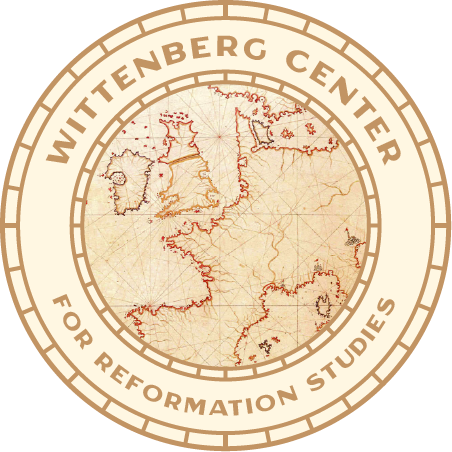The core message of the Wittenberg Reformation is: justification by faith. What does this mean? Illustrations help us to understand.
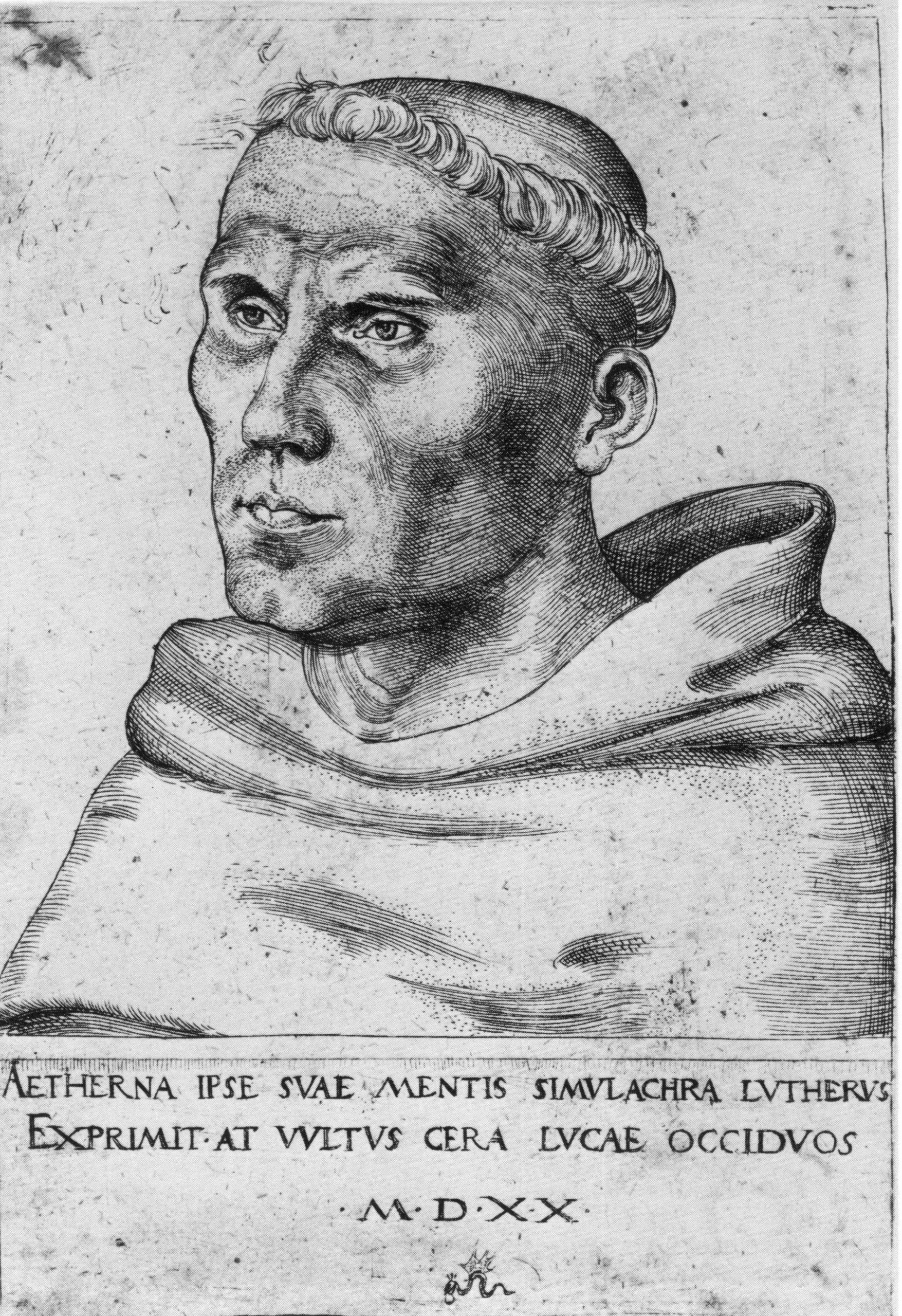
The Reformation began with Luther’s rediscovery of the Bible as the living Word of God. Because of his intensive study of the Psalms and the writings of the Apostle Paul, Luther came to a completely new understanding of the message of Scripture between 1510 and 1520. Looking back to the time around 1520, he wrote: “Meanwhile that same year, I returned to interpreting the Psalms, but doing so more skillfully, since I had by then already lectured on Saint Paul’s Epistles to the Romans, Galatians, and the Epistle addressed to the Hebrews. Indeed, an extraordinary passion for learning Paul seized me when reading his Epistle to the Romans. […] At last, by the mercy of God, as I was meditating day and night on what was holding this passage together – ‘the righteousness of God is revealed in it, as it is written: the righteous lives by faith’ [Rom 1:17] – there I began to understand that the righteousness of God is that by which the righteous person lives, thanks to the gift of God, namely, by faith. And this is the meaning: the righteousness of God is revealed by the gospel, namely, the passive righteousness with which the merciful God justifies us through faith, just as it is written: the righteous lives by faith. At this point I felt that I had been completely born again and had entered paradise itself through wide open doors. There a completely different face of scripture appeared to me“ (cf. The Annotated Luther, vol. 4, 2016, p. 500-2).
The Great Bible
This new approach to Scripture put God’s Word at the very heart of the renewal of the church from the 1520s onwards. Its effect on the Church of England can be seen on the title page of the Great Bible of 1539. Even if the Henry VIII refused to embrace Luther’s teaching on justification, the king insisted, like the Continental Reformers, that the theology and practice in his church be derived from the Bible rather than the authority of the institutional church. Henry was confident if he restored the authority of God’s Word in England, both the church and society would become more godly.
The title page has four scenes. In the center, at the very top, Jesus Christ addresses the king who has cast down his crown and kneels before him in the upper right-hand corner. Two banners come from Jesus’ mouth. The left one declares what the whole picture is about: “So shall my word be that goes out from my mouth; it shall not return to me empty, but it shall accomplish that which I purpose” (Isa 55:11). The right-hand banner is addressed to the king, with whose help Christ will spread his Word: “I have found a man after my heart, who will do all my will” (Acts 13:22). To this the king replies, “Your word is a lamp to my feet” (Ps 119:105). In the middle of the picture, Henry sits on his throne, presenting the Bible, marked as the “Word of God,” to both the English clergy and laity. To all, “I make a decree, that in all my royal dominion people are to tremble and fear before the living God” (Dan 6:26). The clergy is instructed: “Command and teach these things” (1Tim 4:11), and those with secular authority are told: “Judge righteously. You shall hear the small and the great alike” (Dt 1:16-17). This is what happens in the next scene below, where we see the main protagonists of the ecclesiastical renewal in England around 1539, identified by their coats of arms. On the left, Archbishop Thomas Cranmer passes the Bible to a clergyman, commanding him to “Shepherd the flock of Christ that is among you” (1Pet 5:2). On the right, Chancellor Thomas Cromwell hands the Bible to a nobleman, instructing him to “Turn away from evil and do good; seek peace and pursue it” (Ps 34:14). The final scene below describes the reaction of the people to gift of the Bible. The preacher in the pulpit urges the congregation, “First of all, I urge that supplications, prayers, intercessions, and thanksgivings be made for all people, for kings etc.” (1Tim 2:1-2), and the people respond with “God save the King” or “Vivat rex” (Long live the King).
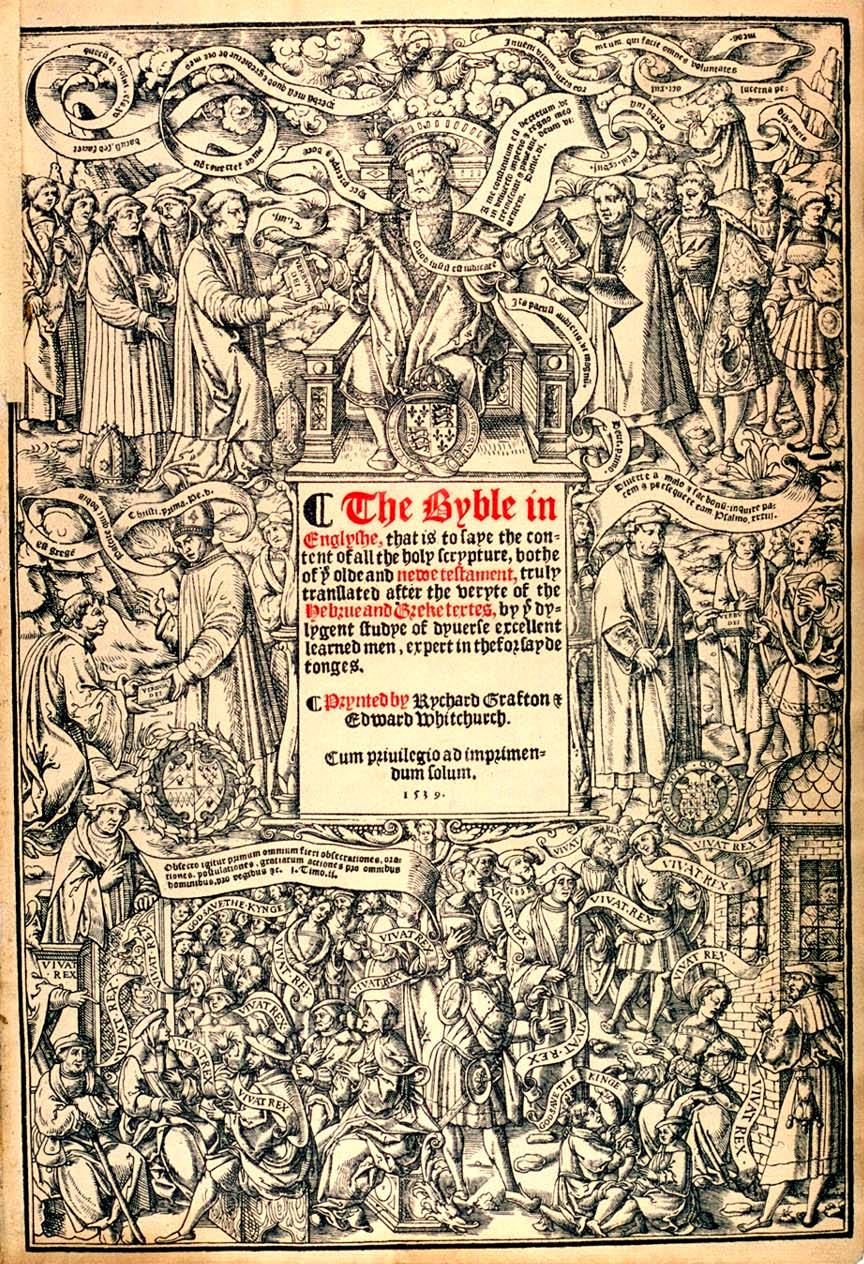
Thomas Cranmer
Thomas Cranmer was the leading proponent of church renewal under Henry VIII. As Archbishop of Canterbury, he promoted the study of Scripture to open the hearts and minds of the English people to the doctrinal truths of the Continental Reformation. As for Luther, so for Cranmer, the Bible, and in particular the Pauline Epistles, had become the center of his theology and devotion. His famous portrait by Gerlach Flicke (No. 535, National Portrait Gallery, London) clearly depicts Paul’s formative influence on him. Here we see Cranmer in his study, “opening the Epistles of Paul. One feels that he is about to speak and expound the eternal message of grace alone, carried by the Epistles, the message at the centre of his faith“ (Diarmaid MacCulloch: Thomas Cranmer,1996, p. 339).
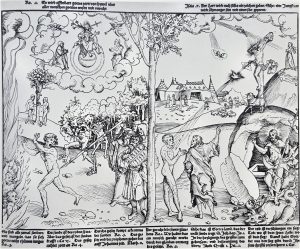 Core Message 2: “Solus Christus”
Core Message 2: “Solus Christus”
Lucas Cranach/Martin Luther, Law and Gospel, woodcut, around 1529:
Separated by a partly barren, partly green, tree, four pairs of antonyms face off against each other: law and gospel, death and life, sin and righteousness, as well as old and new man. In the foreground on the left, the three forces of chaos are driving Adam into hellfire: sin (the spear), death and the devil. The man gazes back at the source of his troubles, the law, which is represented by Moses and the prophets showing him the Ten Commandments. In the background of this side, Adam and Eve are depicted in the Garden of Eden with the serpent, showing the cause of humanity’s doom. Above all on the left, Christ is enthroned as judge and ruler of the world. From his mouth emerges both a lily and a sword. The former represents equity justice which takes into account special circumstances and, therefore, mitigates judgment. The latter signifies strict justice. The right side of the picture portrays salvation and its benefits for the believer. In its background, the brazen serpent shows the Old Testament foreshadowing the salvation to come with Christ. In the foreground are salvation’s three decisive events: the incarnation of the Son of God (Christmas), his death on the cross (Good Friday), and his resurrection (Easter). Jesus has conquered both death and the devil. His victory over the powers of evil and the atonement made on the cross is granted to man through the Spirit. The blood stream from Christ’s wounded side reaches man directly through the Spirit. God Himself brings about faith in the believer through the Word which grants him the righteousness of Christ. The biblical passages given at the top and bottom of the picture are intended to guide the viewer to a proper theological interpretation of the composition.
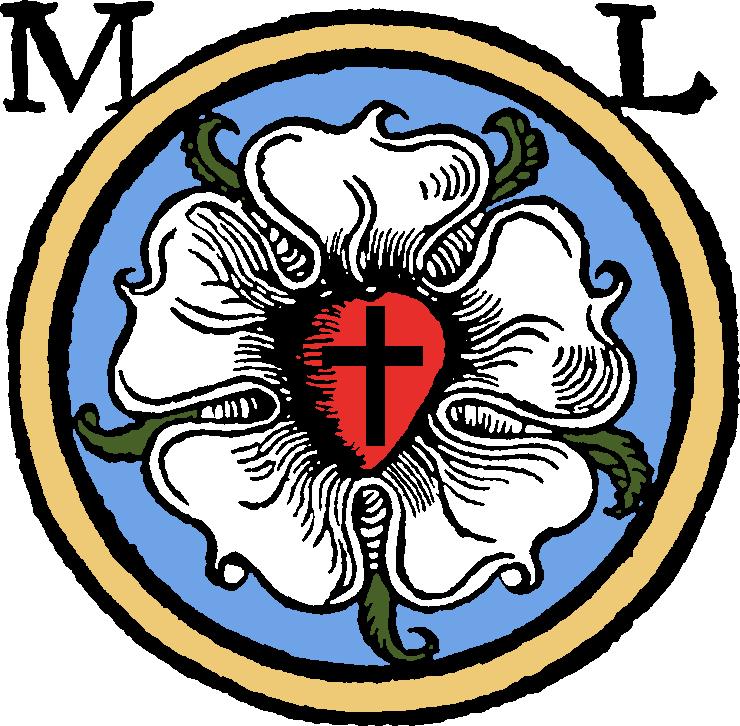
Core Message 3: “Sola fide”
Luther’s coat of arms,
commented by himself in a letter:
“The first should be a cross, black in the heart, which would have its natural color, so that I would give myself a reminder that faith in the Crucified One makes us blessed. For if one believes from the heart, one becomes righteous. Even if it is a black cross in order to kill and to hurt, yet it leaves the heart in its color, does not corrupt the nature, that is, it does not kill, but it keeps alive. For the righteous will live by faith, but by faith in the crucified. But the heart so constituted shall stand in the midst of a white rose, to signify that faith gives joy, consolation, and peace, and puts one straightway into a white joyful rose; but not as the world gives peace and joy; therefore, the rose shall be white, and not red; for white is the color of spirits, and of all angels. The rose so constituted stands in a heavenly colored field, that such joy in spirit and faith is a beginning of the future heavenly joy, which is now already comprehended within and grasped by hope, but is not yet manifest. And in the so constituted field a golden ring, that such blessedness in heaven lasts forever and has no end and is also delicious above all joy and goods, as gold is the most precious ore” (WA.Br 5, no. 1628).
Support the Center
Our activities depend on your support! Please help us open up the Reformation for today.
Address
Wittenberg Center for Reformation Studies gGmbH
Dunckerstrasse 34
10439 Berlin, Germany
Connect
stegmann@wittenbergcenter.de
© 2024 Wittenberg Center for Reformation Studies
